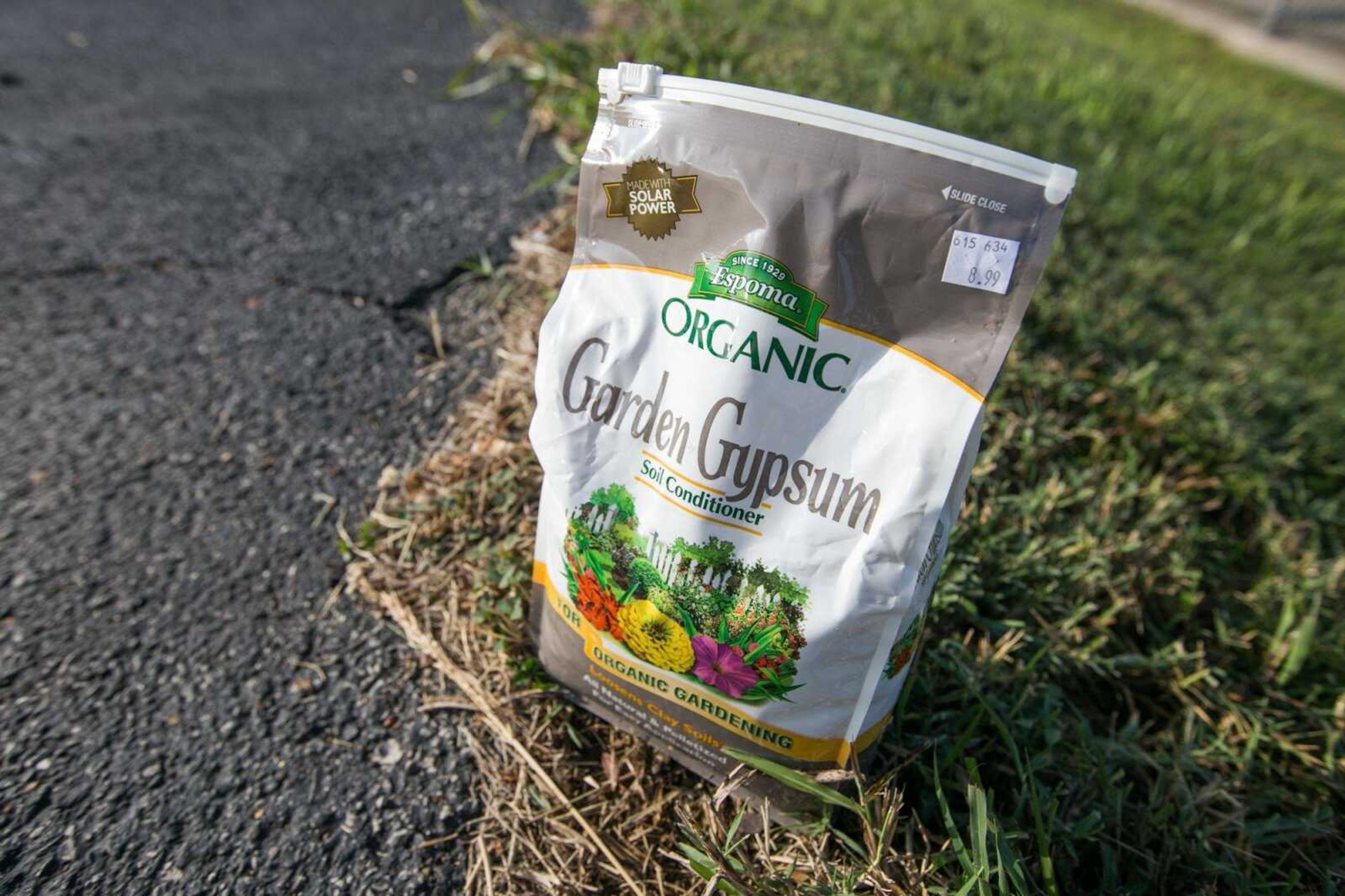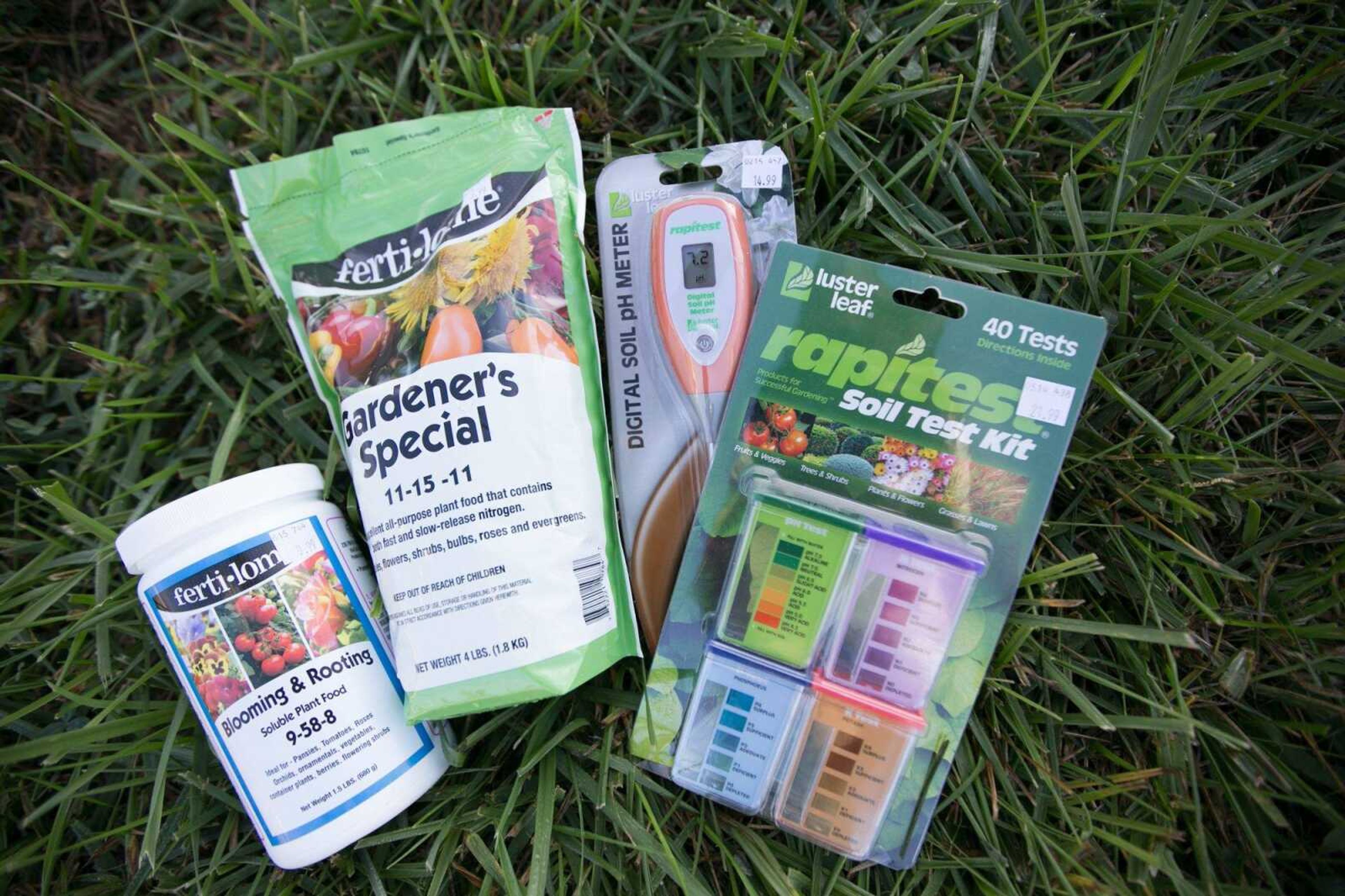Dirt Dilemma?
In my Sept. 13 column, I discussed how to reestablish a lawn this fall by reseeding and proper timing and use of herbicides. This topic was discussed because many gardeners had talked with me about the diseased and weedy areas of their lawns resulting from the rain in the Heartland earlier in the summer. They wanted to get their lawns back into shape...
In my Sept. 13 column, I discussed how to reestablish a lawn this fall by reseeding and proper timing and use of herbicides. This topic was discussed because many gardeners had talked with me about the diseased and weedy areas of their lawns resulting from the rain in the Heartland earlier in the summer. They wanted to get their lawns back into shape.
In addition to the excessive amount of weeds and diseases that showed up, the excessive amount of moisture may have affected the nutrient concentrations and pH levels of the soils in which the lawn grasses and landscape plants are rooted. With this in mind, I would suggest gardeners take a few steps to determine if they may have a soil problem that resulted from the rainfall.
First, collect some soil samples in different areas of your lawn; about a half cup of soil from areas you are concerned about is enough.
Next, purchase a soil test kit at a garden center. The kit should provide items needed to check for soil pH and nutrient levels of phosphorous (P) and potassium (K). Most kits also check nitrogen (N), but at this time of season, P and K are the levels you need to check. Nitrogen is usually added each season just before and during rapid plant growth.
If you don't want to do the tests yourself, take your collected soil samples to your local university extension center, which is found in each county seat. There is usually a small charge for the testing.

If the test results indicate deficient phosphorous and potassium levels, make applications of fertilizer that contain high amounts of these nutrients. There are many on the market under a lot of different names.
Fertilizers have three numbers indicated on the bag. For example, you may purchase a fertilizer that has the numbers of 9-58-8, or 11-15-11, or 6-24-24. All of these will boost the P and K levels while not overloading your soil with N.
The excessive rain also may have affected calcium levels. Make sure the soil tests also check for soil pH, the soil characteristic that determines availability of nutrients to plants. If the pH is incorrect, your soil may have all the nutrients in it for good plant growth, but the nutrients are not absorbed by plants.
The soil tests may seem like a lot of trouble to perform. But if you find that your soil test numbers are out of whack, you can save a lot of time, trouble and expense down the road if you make the proper applications to correct the nutrient and pH levels. In addition, your lawn and landscape plants will thank you for it by growing prettier and larger.
On a separate soils note, a landscape manager recently found that a lot of landscape plants growing near sidewalks, roadways and parking lots were slowly dying during the summer. He at first thought the issue was too much water from the rain last summer.
After some investigation, he found that the paved areas had been treated with salt during the last winter snows. He asked what he could do to treat the soils to eliminate the salt issue. Dr. Mike Aide, soil scientist and agriculture department chairman at Southeast Missouri State University, indicated a light application of gypsum (CaSO4) to those salty soil areas would slowly eliminate the salt effects. This might be an issue in your landscape.
Just remember, for plants to grow well in your landscape, you must make sure the soils have the right nutrients in the right ratio, and that the soil pH must be correct for those nutrients to become available to plants.
Connect with the Southeast Missourian Newsroom:
For corrections to this story or other insights for the editor, click here. To submit a letter to the editor, click here. To learn about the Southeast Missourian’s AI Policy, click here.










